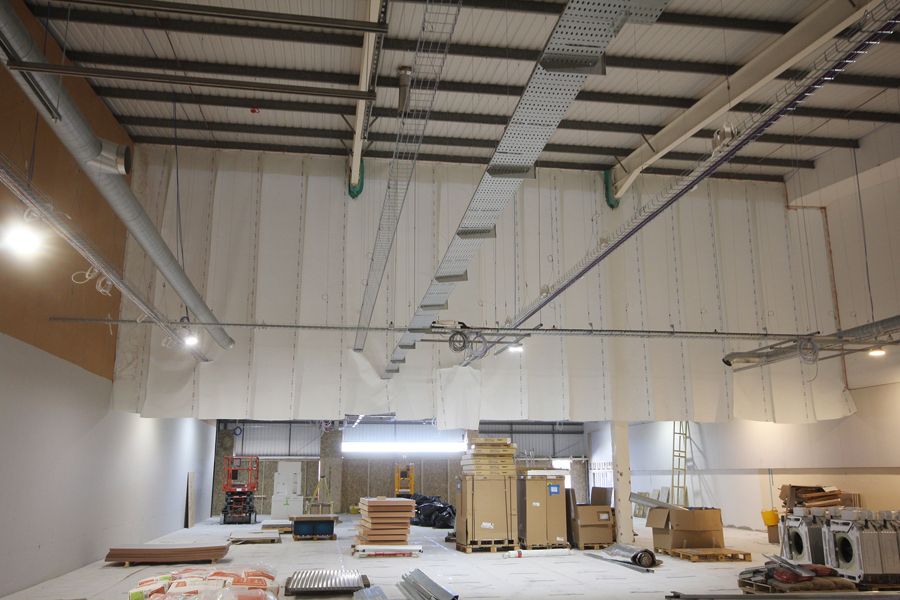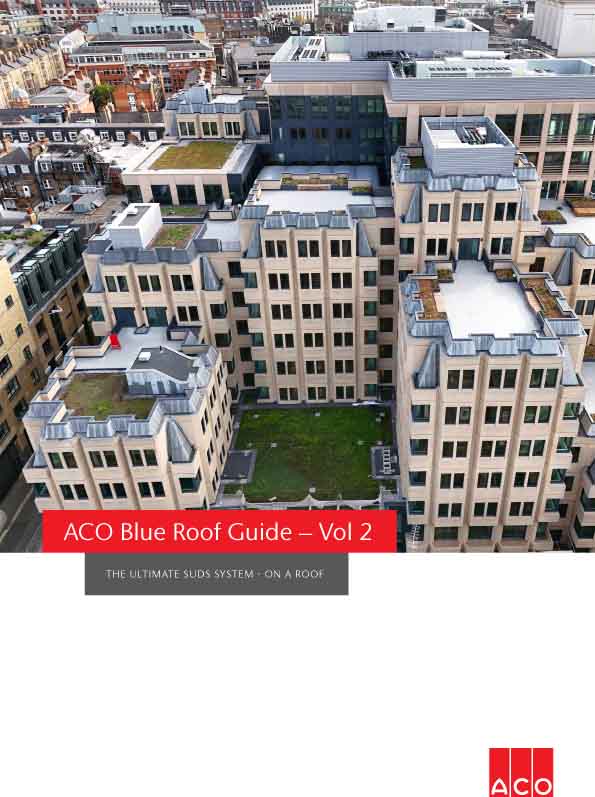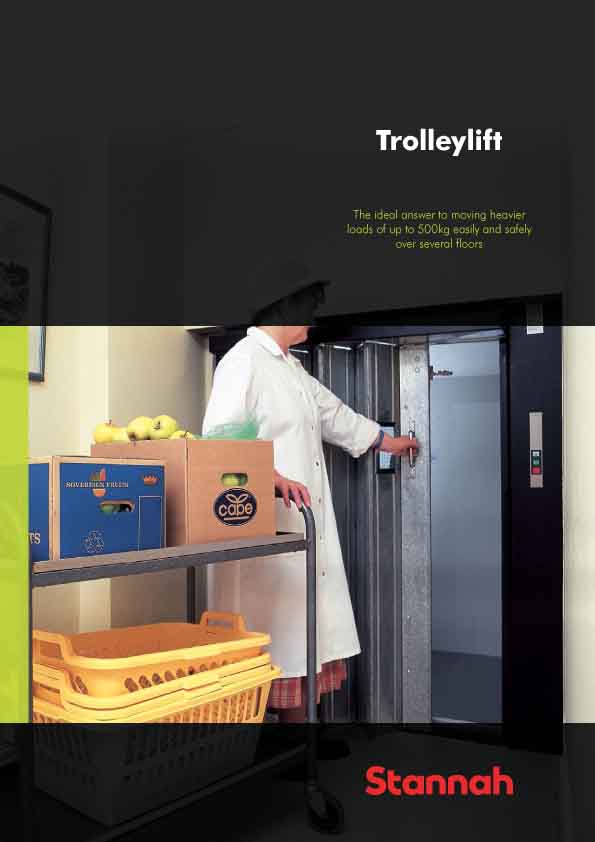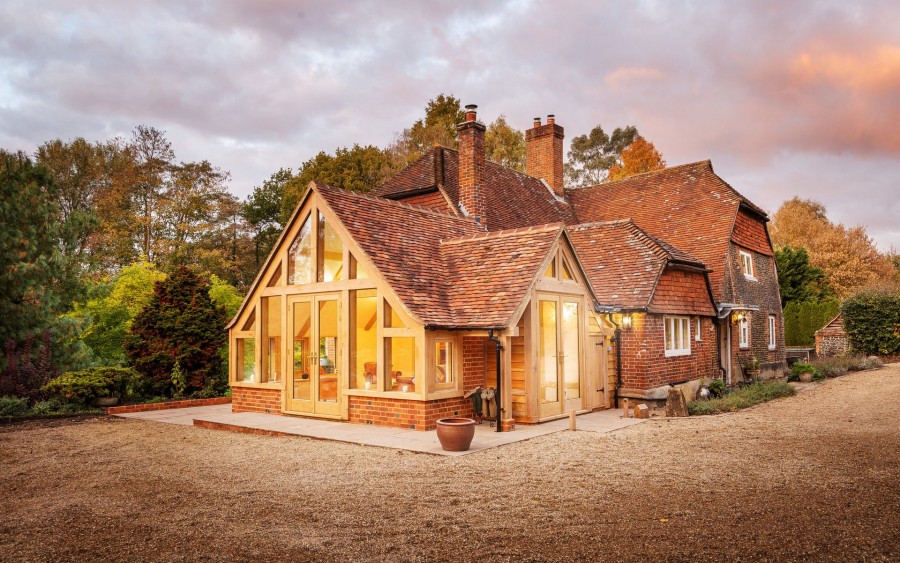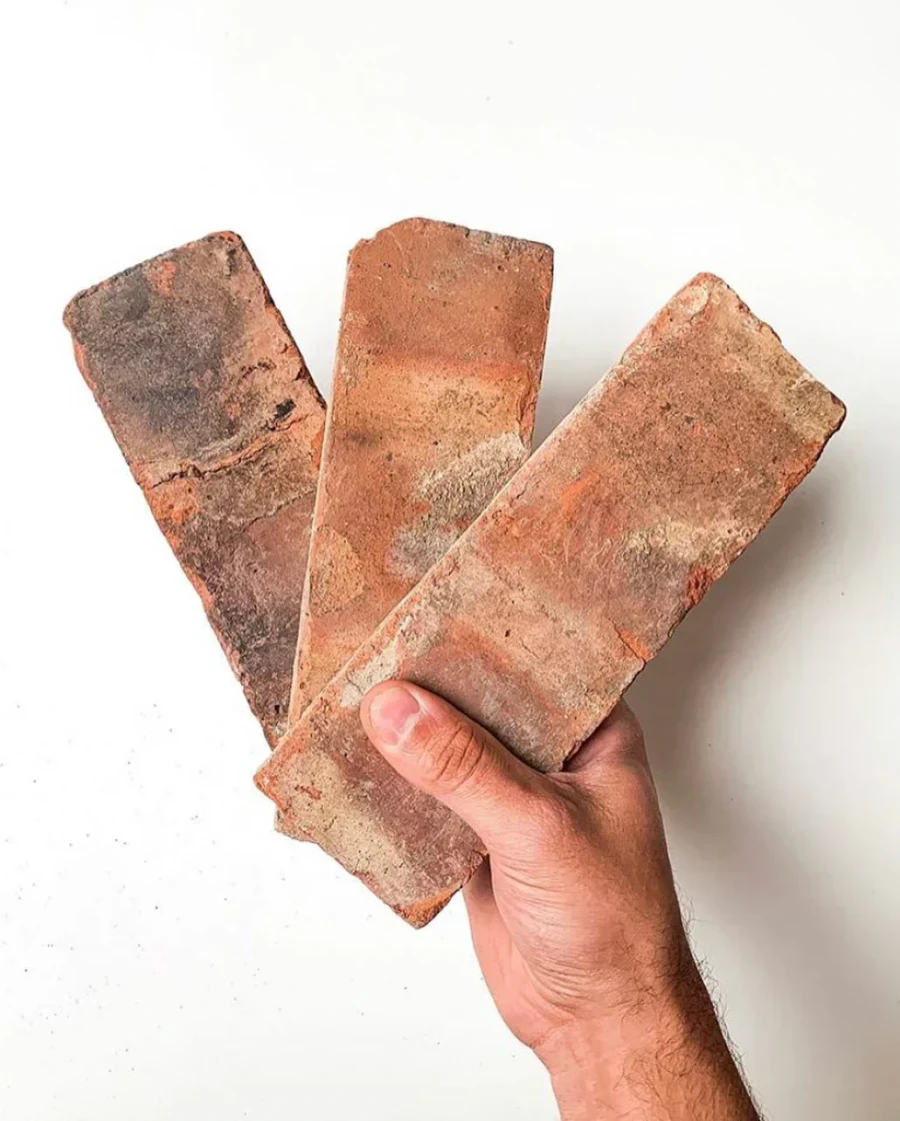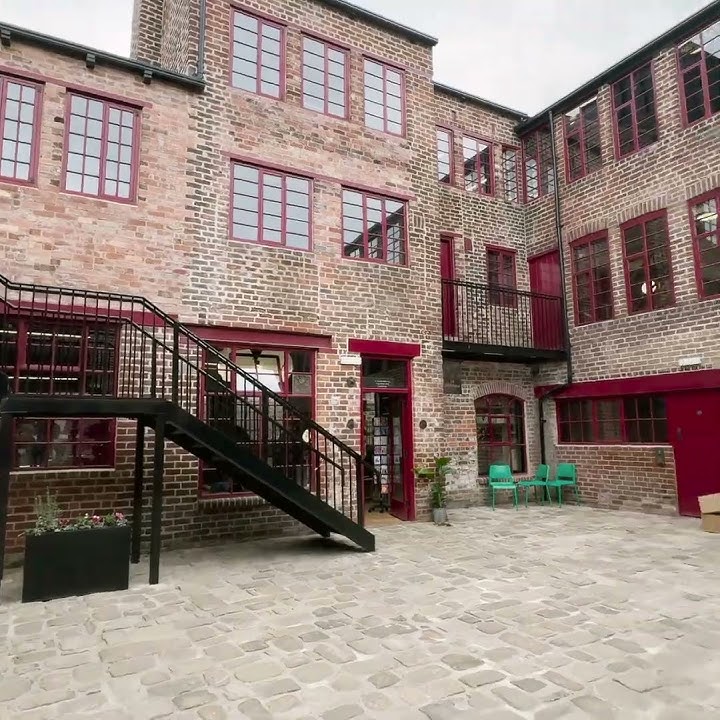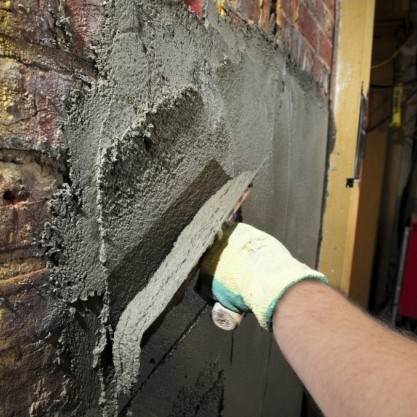
Local authorities and landlords have been advised that traditional gypsum plasters offer virtually no protection for properties at risk from flooding.
The advice, in advance of the traditional flood-risk season in the UK is designed to educate private landlords and housing associations about the suitability of gypsum plasters for properties where flood damage may arise.
Duncan Haywood, responsible for Tarmac Building Products’ Limelite range of renovating plasters, says the problem with traditional gypsum plasters stems from their moisture absorbent properties. “Traditional gypsum plasters easily absorb and retain moisture from the surrounding atmosphere and substrate. They are also not vapour permeable, which makes them unsuitable for older properties, particularly those prone to flood risk.
“In damp conditions gypsum is prone to complete failure which can be very costly to replace and involves hacking off the original plaster, treating the walls with an injected Damp Proof Course and waiting for the wall to dry. All of this can take months before re-plastering can start.”
Mr Haywood says the problems with gypsum are particularly acute with properties prone to flood risk. “Gypsum plasters offer almost no resistance to flood damage. Floodwater degrades gypsum plasters and causes delamination, with up to one metre above floor level being the worst affected area.”
His advice to landlords and housing associations is to use modern renovating plaster. “Modern renovating plaster, equipped with a waterproofing agent and salt inhibitor, is much more suited to older properties that have a flood risk.
“This type of plaster effectively controls dampness passing through walls and provides a barrier against salt transfer. Being ‘breathable’ means that the plaster allows balanced moisture movement through the construction fabric and allows the substrate to dry naturally. In effect, renovating plaster is capable of withstanding recurring water ingress which can, in turn, reduce on-going repair costs, salting and mould growth.”
In addition, Mr Haywood says the proprietary solutions can drastically cut repair times. “Due to the specifically formulated binder the drying time is faster than with gypsum based plasters. This enables earlier decoration with no more long waits for the wall to dry before plastering can begin.”









